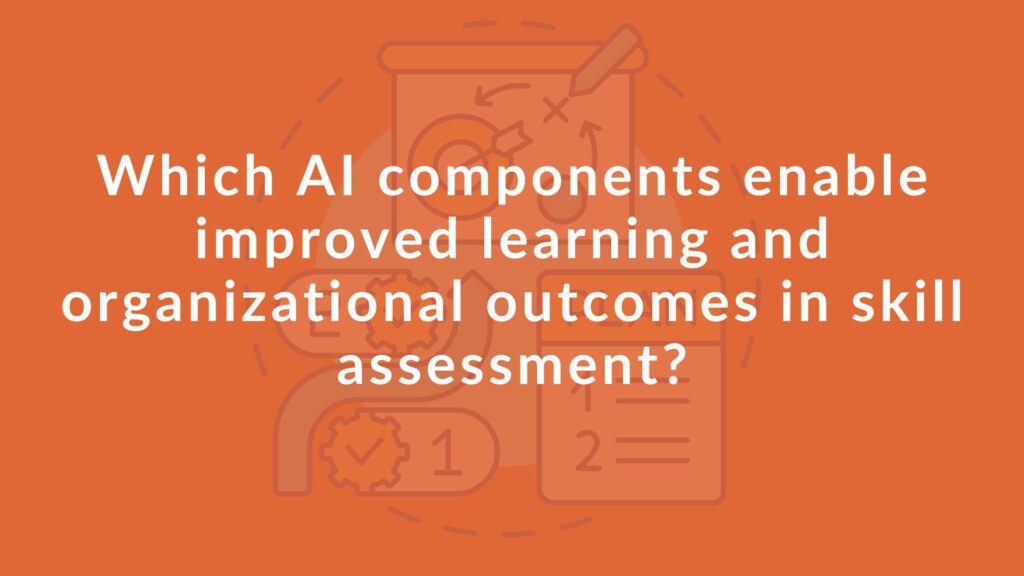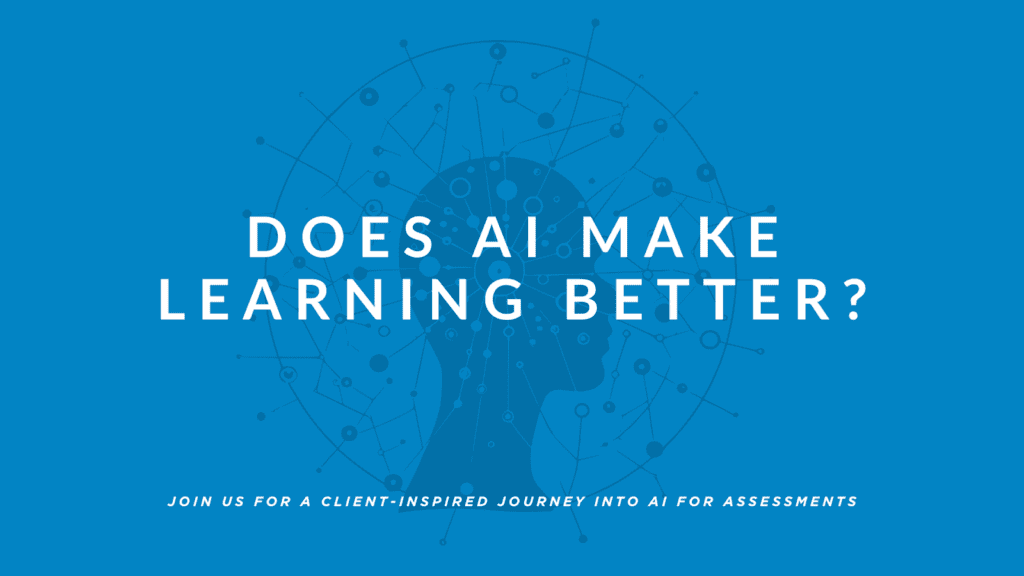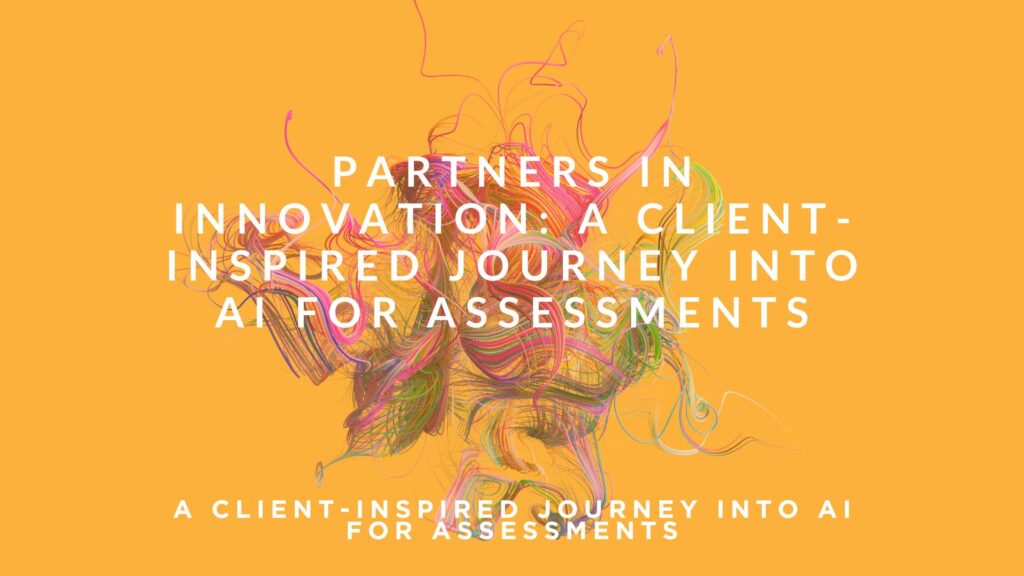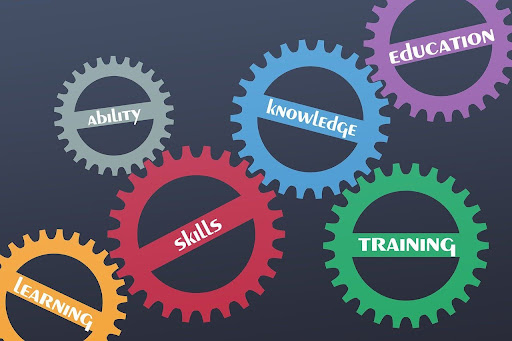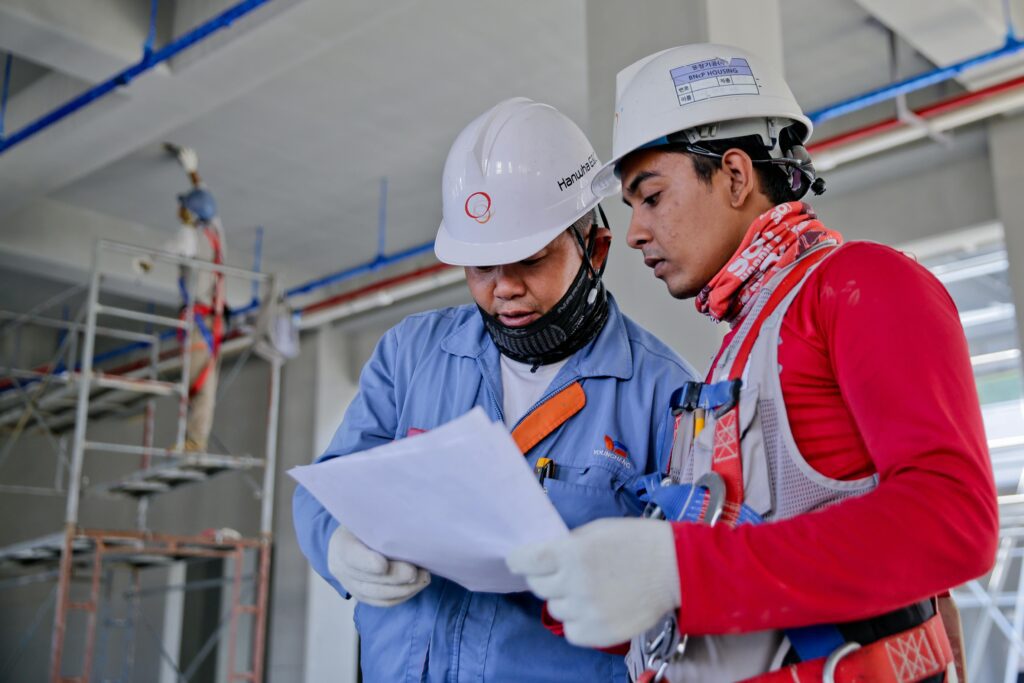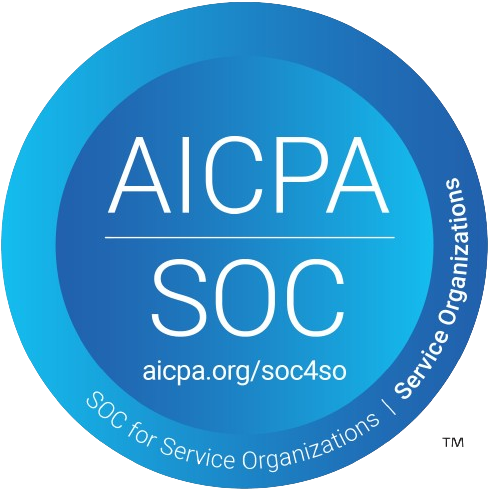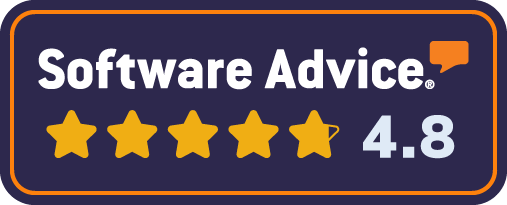Components of AI that make improved outcomes possible 100%
Part II What are the key components of AI that enable it to produce improved learning and organizational outcomes in skill assessment? In our last installment, we dug into the impact that AI-powered functionalities have on learning and assessments within organizations. Our research showed that AI’s ability to personalize assessment experiences and interpret data from multiple sources at scale improve efficiency and outcomes of learning strategies and business goals. Learn more here. Having established that the overall impact of AI-driven capabilities on skill development and measurement is net positive, we moved on to our next question: What are the key components of AI that enable it to produce these improved outcomes for skills assessment? The Scaffolding that Supports AI for Learning Assessment There are many functionalities that make AI impactful for assessing skills. Here are some of the most common that we found in our research: Component What it is What it enables Algorithms A step-by-step logic process programmed by humans that serves as instructions for solving problems or completing tasks. Think: if X, then Y Adaptive assessments that adjust according to learner performance and preferences Personalized suggestions for learning content Personalized feedback Machine Learning Algorithms A type of algorithm that can train and refine itself to learn patterns or relationships from learning, performance, and market data. Identify knowledge gaps Predict future performance and suggest preventive learning measures Analyze learner interaction patterns Automate adjustments in question difficulty Automate adjustments in question difficulty level according to learner performance and preferences Generative AI Any AI system that can create new content. Creation of customized learning content like industry- or role-specific case studies or scenarios Personalized assessment questions Automatically generated summary materials and study guides Automatically created practice exercises that target specific skill gaps Creation of context- or industry-specific images Large Language Models (LLMs) and Natural Language Processing (NLP) Essentially LLMs and NLP are the motors behind GenAI. They are able to understand, analyze, and recognize patterns in text, which then allows GenAI to produce relevant output. Automated grading for open response questions Automated, personalized feedback within assessments Simulated conversations, for scenario-based assessments Summarize large amounts of text and create suggestions, like open-ended survey questions Data Learning Analytics (DLA) DLA focuses specifically on measuring, collecting, analyzing and reporting on learning data, with the explicit goal of improving training, learning outcomes, and organizational decision-making. Track response times on assessment questions or chat interactions – info that can then be used to adjust difficulty level Sentiment analysis of open responses – which can then trigger personalized learning recommendations Predictive analytics for early intervention with employees that may be at higher risk of violating compliance regulations, for example Informing organizational decision making on focus for training programs and resource allocation Examples from the Field How are organizations leveraging these tools to solve real challenges—like speeding up content development, increasing relevance, or enhancing outcomes at scale? The following use cases offer a glimpse into how platforms are building on this technology to meet the evolving demands of modern learning ecosystems. CredSpark leverages GenerativeAI to create assessment questions based on text-based inputs. Our product roadmap for 2025 includes the use of DLA, LLMs, and NLPs to analyze open responses for sentiment analysis, summary, and custom recommendations. Degreed’s Maestro – a personal coach for skill development – uses DLA and machine learning algorithms to analyze individual learning behaviors and preferences. It uses this information to offer personalized content recommendations and practice opportunities. Finetune uses machine learning algorithms to analyze and classify educational content. They “tag” learning and assessment materials accurately to align with different methodological standards and taxonomies. How does this look in real life? Now it’s time to put this into practice. You’ll look at real-life examples of skills assessments being used today and decide which AI components—like NLP, machine learning, or generative AI—are behind them. Just read each case and pick out the tech you think is at work. Key Takeaways: Applying AI in Skills Assessment Personalize Learning with AI-powered adaptive assessments and Generative AI-created content tailored to roles and skills. Automate Feedback & Insights using LLMs & NLP for instant grading and personalized coaching, while DLA tracks performance trends. Make Data-Driven Decisions by leveraging predictive analytics to address skill gaps, improve compliance, and optimize training investments. Interested in this topic? Sign-up for our panel discussion event on May 7th, 2025 Check out our previous article in this series
Components of AI that make improved outcomes possible 100% Read More »
